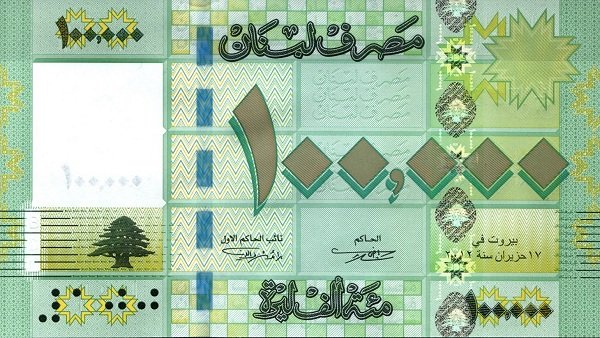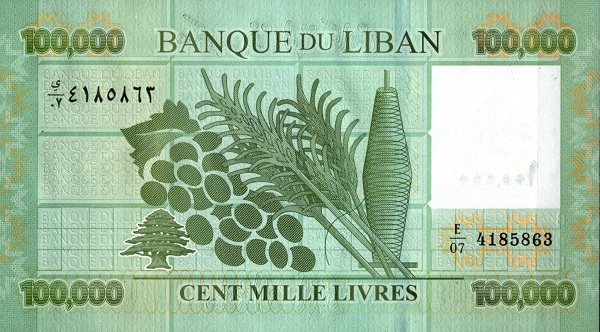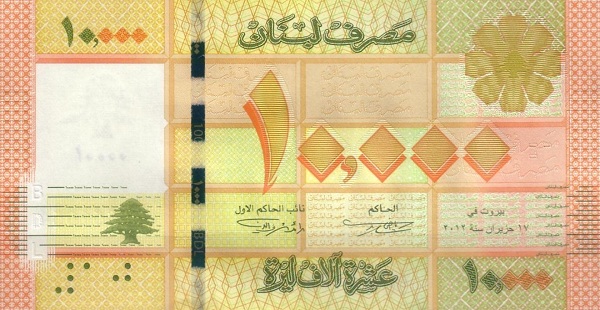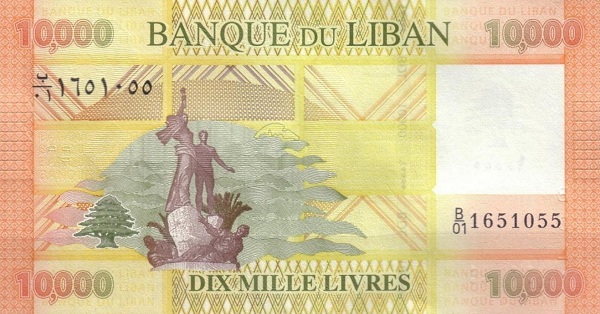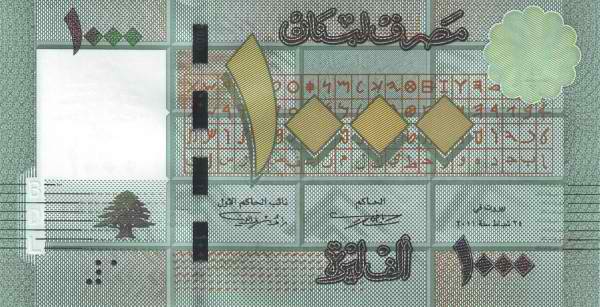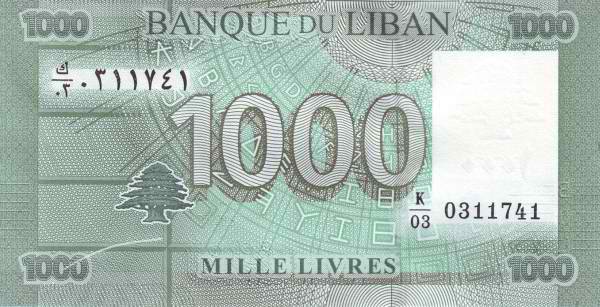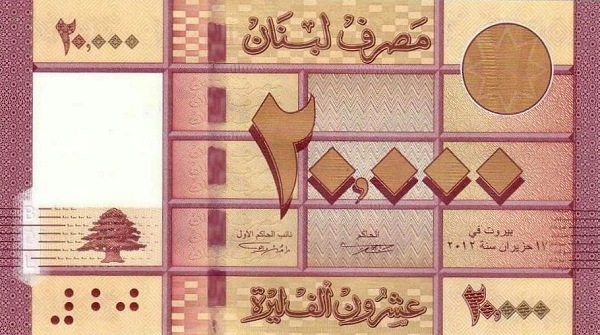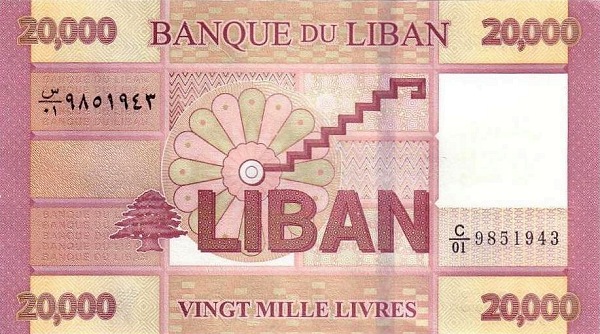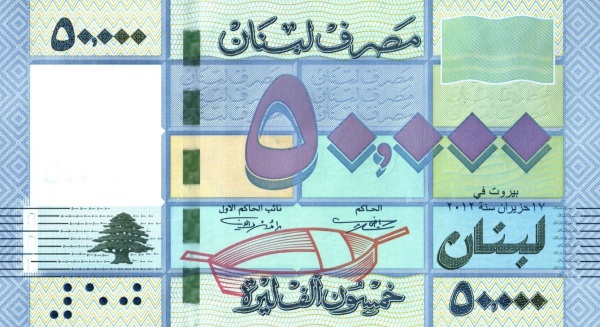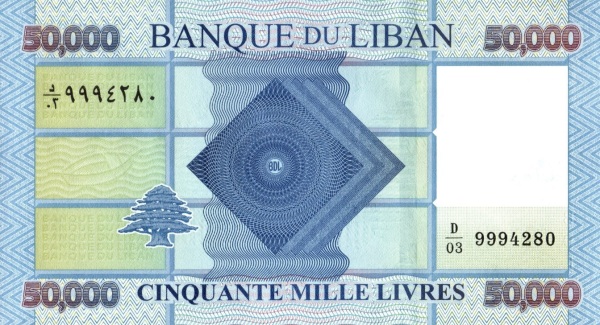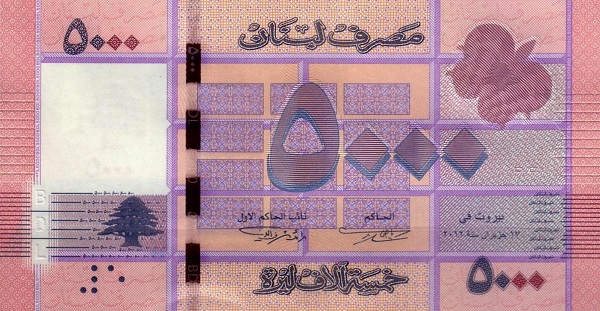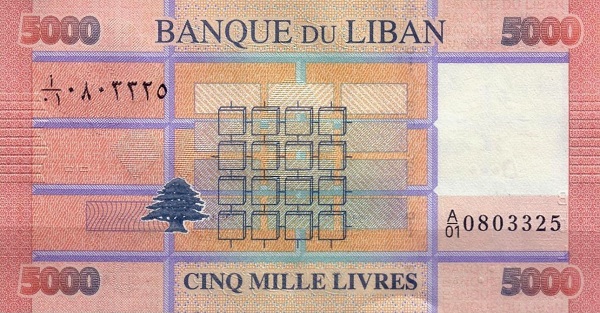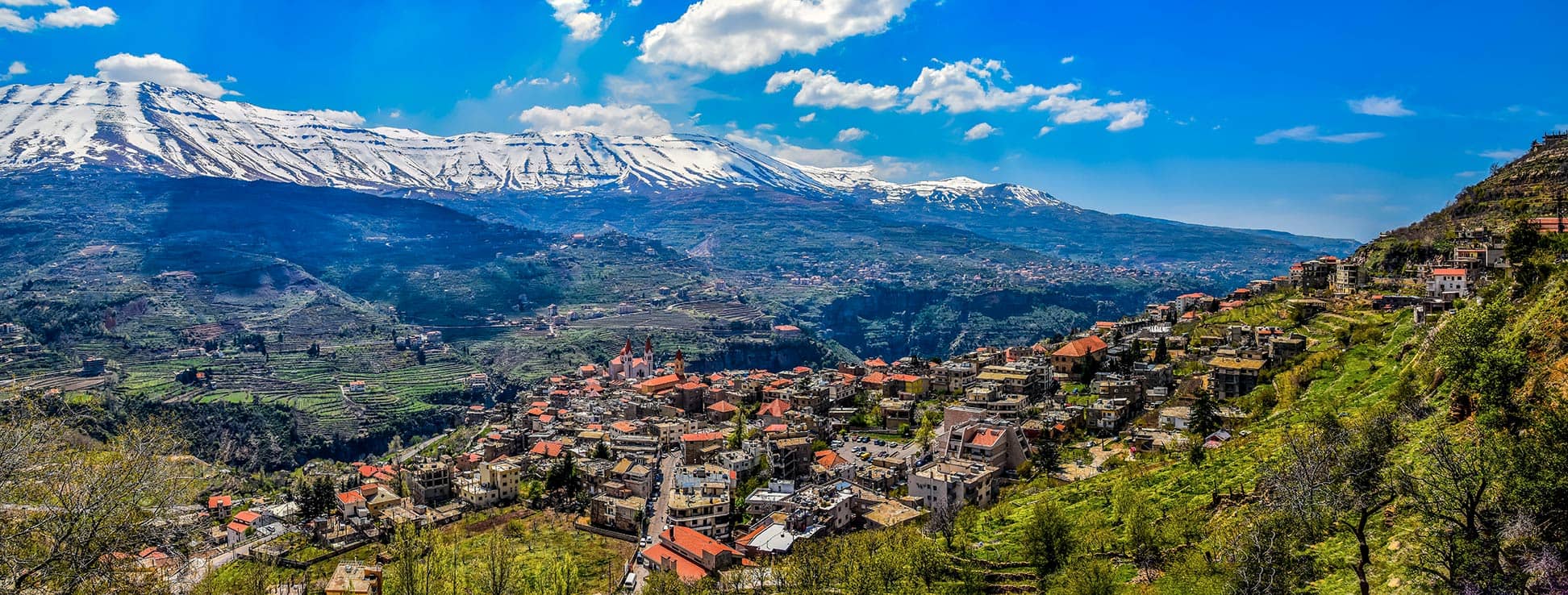Exploring Lebanon: A Gem in the Levant
Lebanon, a small yet vibrant nation nestled in the Levant region, showcases a unique blend of rich history, stunning landscapes, and diverse cultures. This mountainous country, bordered by the eastern Mediterranean Sea, boasts natural beauty that captivates travelers and locals alike. With Israel to the south and Syria to the north, Lebanon's geographic location enriches its cultural tapestry. Moreover, the Anti-Lebanon mountain range stretches along the eastern border with Syria, while maritime borders with Cyprus add to its charm. Covering an area of just 10,400 km², Lebanon is roughly one-third the size of Belgium and Maryland in the United States.
As of 2019, Lebanon's population reached around 6.1 million; this figure includes approximately 1.5 million refugees from Syria and Palestine. In recent years, the country has faced significant challenges due to the influx of refugees fleeing violence in their homelands. In spite of these hurdles, the resilient spirit of the Lebanese people shines through.
A Brief History of Lebanon
Lebanon's journey towards rebuilding its political landscape began in 1991, following the end of a devastating 15-year civil war. The Ta'if Accord emerged as a vital agreement for national reconciliation, allowing for a more equitable distribution of political power among the various religious sects. This new framework enabled Muslims to gain a deeper influence in governance while institutionalizing sectarian divisions that continue to shape the political narrative.
Since the civil war's conclusion, Lebanon has successfully held several democratic elections. Furthermore, most militias have weakened or disbanded, leading to a notable restoration of governmental authority, particularly by the Lebanese Armed Forces (LAF). However, the radical Shia organization Hizballah still maintains its weapons, complicating the security landscape.
During Lebanon's turbulent civil war, the Arab League legitimized the presence of Syrian troops under the Ta'if Accord, with approximately 16,000 soldiers stationed mainly east of Beirut and throughout the Bekaa Valley. Syria has justified its military presence in Lebanon through claims of requests from Beirut and the Lebanese government's incomplete implementation of constitutional reforms from the Ta'if Accord. However, Israel's withdrawal from southern Lebanon in May 2000 prompted some Lebanese factions to demand Syria's exit as well.
The passage of UNSCR 1559 in October 2004 became a significant turning point, as it called for Syria to withdraw its forces and cease meddling in Lebanese affairs. This resolution emboldened various Lebanese groups that opposed Syria's influence in the country, heralding a new chapter in Lebanon's political evolution. Lebanon also proudly stands as a member state of the League of Arab States, further reinforcing its regional ties.
UNESCO World Heritage Sites: Treasures of Lebanon
Lebanon proudly features five UNESCO World Heritage Sites, showcasing its historical and cultural significance. Moreover, the country has ten additional sites on the Tentative List, indicating its commitment to preserving its rich heritage.
Anjar: A Glimpse into Umayyad Civilization
Situated strategically at the crossroads of vital trade routes, Anjar exemplifies an inland commercial center from the Umayyad civilization. It played a crucial role in connecting Beirut to Damascus and served as a passage for trade crossing the Beqaa Valley, ultimately leading to Tiberias at the Sea of Galilee.
Baalbek: The Phoenician Marvel
Known as Heliopolis during the Hellenistic period, Baalbek is revered for its imperial Roman architecture, epitomizing the grandeur of the ancient city. Tourists often visit Baalbek to marvel at the impressive ruins that reflect the rich history and cultural significance of Lebanon.
Byblos: A City of Early Civilizations
Byblos stands at the center of successive civilizations throughout history. Its habitation dates back to the Neolithic Age, making it one of the oldest continuously inhabited cities in the world. Byblos witnessed the rise of Phoenician civilization, becoming the birthplace of Phoenician writing and trade.
Tyre: An Ancient Phoenician Hub
Renowned as another ancient Phoenician city, Tyre occupies a special place in Lebanon's historical narrative. It is notable for its pivotal role in Mediterranean trade, establishing colonies such as Cadiz and Carthage. Moreover, Tyre’s rich history and archaeological sites attract numerous visitors each year.
Ouadi Qadisha: The Holy Valley
Recognized as a UNESCO World Heritage Site, Ouadi Qadisha has deep spiritual significance, housing some of the world's earliest Christian monasteries. The valley, shaped by the Kadisha River, has provided refuge for Christian monastic communities over centuries, embodying Lebanon's religious and cultural heritage.
The Cultural Mosaic of Lebanon
Beyond its historical landmarks, Lebanon thrives as a cultural mosaic. This vibrant diversity stems from a rich tapestry of religions, languages, and traditions that coalesce to form a unique identity. Arabic serves as the official language, alongside French and English, allowing for an astounding level of communication among various communities.
Lebanon's culinary scene reflects its diverse heritage. Renowned for its flavors, Lebanese cuisine features dishes like hummus, tabbouleh, and kibbeh. These dishes exemplify the country's agricultural richness and culinary techniques, attracting food enthusiasts from around the world.
Natural Beauty and Ecotourism
Lebanon's diverse landscape offers unique experiences for nature lovers and adventure seekers alike. Majestic mountains, serene beaches, and picturesque valleys paint a stunning backdrop for outdoor activities. The country is well-known for its ski resorts, such as Mzaar Kfardebian, which attract winter sports enthusiasts.
Moreover, the Cedar tree, Lebanon's national symbol, stands as a testament to the country's ecological richness. The Cedars of God forest, a UNESCO World Heritage Site, embodies the historical significance of these trees that have stood for thousands of years. Visitors enjoy exploring this protected area, which highlights Lebanon's dedication to preserving its natural wonders.
Conclusion: The Resilience of Lebanon
Despite the challenges Lebanon faces, its resilience shines brightly. The country continues to celebrate its cultural heritage while navigating political complexities. As visitors explore Lebanon, they uncover a land rich in history, breathtaking landscapes, and warm hospitality. Indeed, Lebanon stands as a captivating destination that promises memorable experiences and an invitation to embrace its vibrant culture.
Largest cities of: Lebanon
| City Name | Population | Year of foundation | |
| Beirut | 361,366 | 3000 B | |
| Tripoli | 229,000 | 1100 B | |
| Sidon | 200,000 | circa 4000 B | |
| Tyre | 120,000 | circa 2750 B | |
| Jounieh | 100,000 | 2500 B | |
| Zahle | 70,000 | circa 1000 | |
| Byblos | 40,000 | 5000 B | |
| Baabda | 30,000 | 500 |
Lebanon: Money
